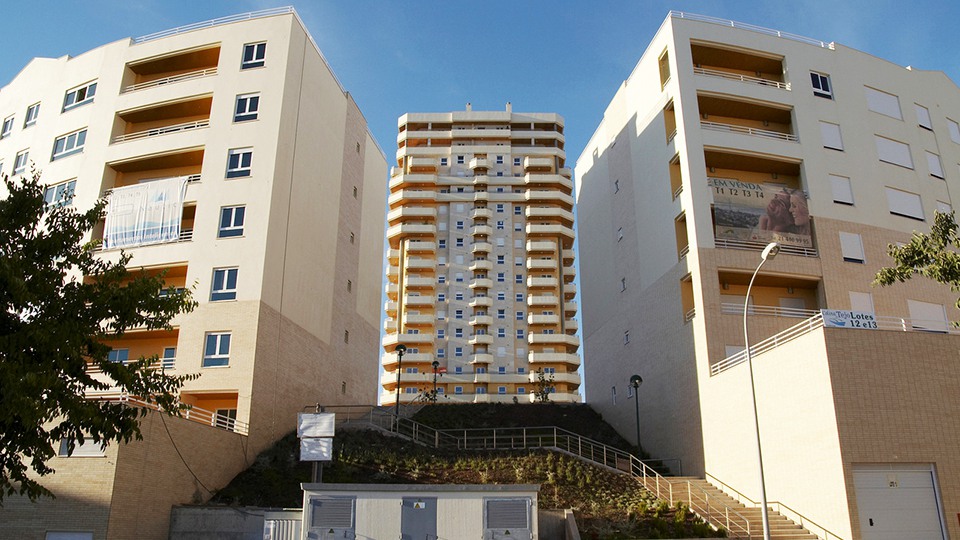
More flexible electricity networks can lead to sizable climate emissions reduction
In collaboration with the Blixt Tech company, IVL has examined the extent to which demand control and production in the electricity grid can affect energy use and carbon dioxide emissions in the housing sector in four EU countries. The potential here is considerable, the study shows that emissions can be reduced by up to 24 megatons of carbon dioxide per year.
The housing sector accounts for 28 per cent of EU’s total energy consumption, of which 24 per cent derives from electricity use.
"Our research shows that between 2 and 18 per cent of this electricity use can be reallocated, and if that flexibility is used to reduce peak hours or to steer towards renewable energy sources, this can reduce between 10 and 24 megatons of carbon dioxide emissions each year," says Érika Mata from IVL Swedish Environmental Research Institute.
Together with other researchers at IVL, she has reviewed the scientific literature and listed the opportunities available for increased flexibility in the electricity network for the housing sector in France, Germany, the United Kingdom and Sweden. The results have then been scaled up to reflect national potentials, including the effect that increased flexibility would have on carbon dioxide emissions.
Pricing mechanisms can be deployed to create a more flexible electricity network, but also the opportunities for users to control their electricity use can be ramped up, as well as the technology around smart electricity networks and local system solutions for energy storage and electricity production.
"Increased flexibility in the electricity networks has the potential to provide significant economic, technical and behavioural benefits, but it will be necessary to modify current legislation for this to happen. An important part of the transition is that consumers be given the opportunity to reduce their energy costs, for example by being able to move their electricity consumption over time. They should also be provided with better information about available solutions and how they can optimize energy consumption themselves," says Érika Mata.
The study sets forth the benefits and challenges arising in connection with flexible electricity networks. These findings have been published in a scientific article which can be downloaded here: A review of flexibility of residential electricity demand as climate solution in four EU countries  External link, opens in new window.
External link, opens in new window.
Download the report here: Solid state breakers as climate solutions  Pdf, 1 MB.
Pdf, 1 MB.
For more information, please contact:
Érika Mata, erika.mata@ivl.se, +46(0)10-788 68 39
